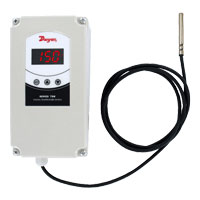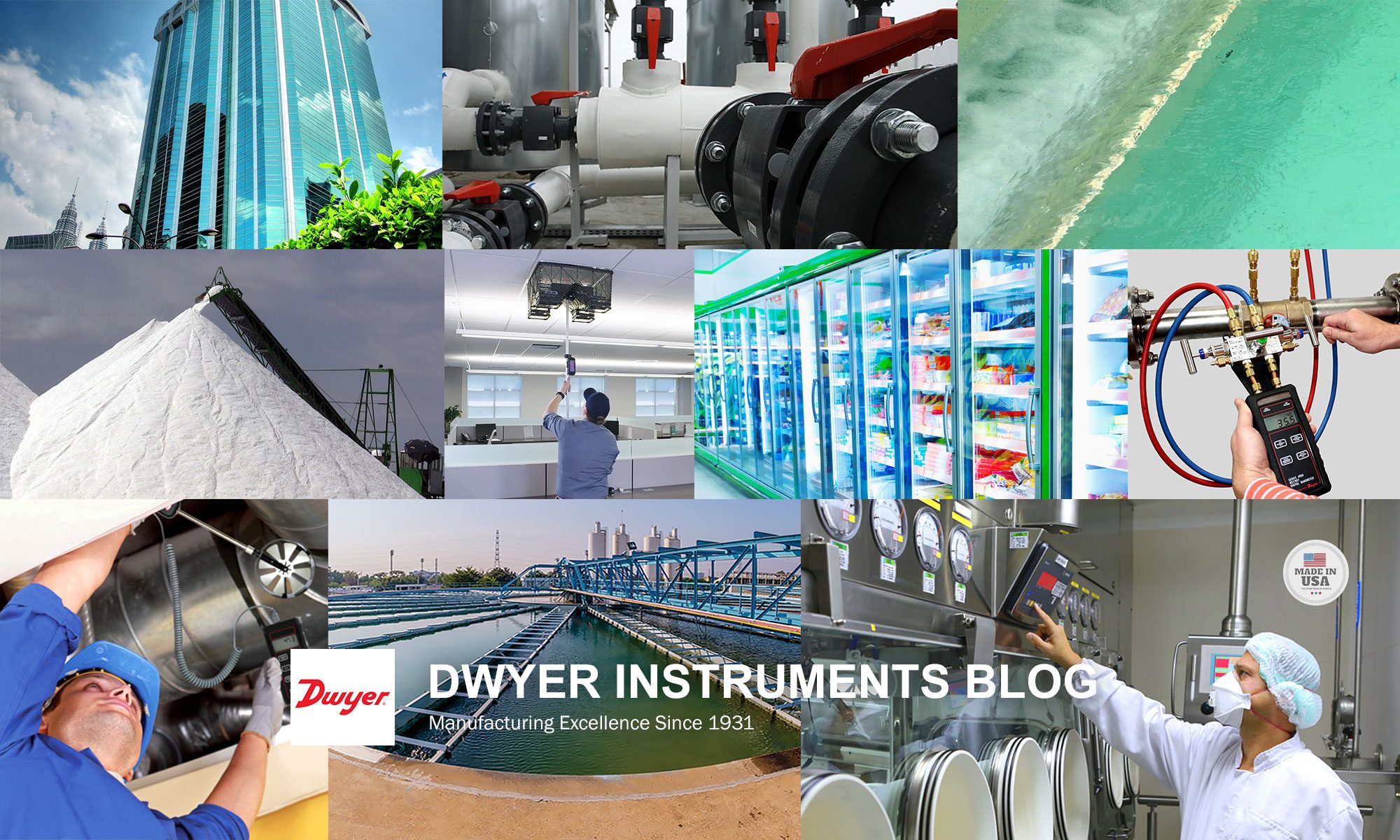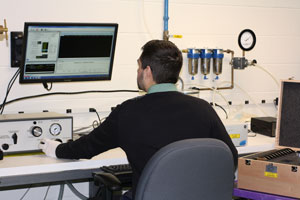 Dwyer strives to be the trusted leader in manufacturing innovative instrumentation solutions for the worldwide HVAC and process automation markets. Providing friendly, timely, and accurate technical service/support is just one way in which we accomplish this mission. It is a source of pride for the whole Dwyer team, and we’re happy to be able to assist our customers with their product application requirements. Continue reading “Ask the Expert: Dwyer Applications Engineers”
Dwyer strives to be the trusted leader in manufacturing innovative instrumentation solutions for the worldwide HVAC and process automation markets. Providing friendly, timely, and accurate technical service/support is just one way in which we accomplish this mission. It is a source of pride for the whole Dwyer team, and we’re happy to be able to assist our customers with their product application requirements. Continue reading “Ask the Expert: Dwyer Applications Engineers”
Ask the Expert: Does Dwyer Offer a Low Limit Switch to Protect Cooling Coils?
 Question: Does Dwyer offer a low limit switch to protect cooling coils? Continue reading “Ask the Expert: Does Dwyer Offer a Low Limit Switch to Protect Cooling Coils?”
Question: Does Dwyer offer a low limit switch to protect cooling coils? Continue reading “Ask the Expert: Does Dwyer Offer a Low Limit Switch to Protect Cooling Coils?”
What is RoHS?
 RoHS stands for the Restriction of Hazardous Substances in electrical and electronic equipment. RoHS, also known as Directive 2002/95/EC, originated in the European Union and restricts the use of specific hazardous materials, and impacts a wide array of products in the electronics industry. Continue reading “What is RoHS?”
RoHS stands for the Restriction of Hazardous Substances in electrical and electronic equipment. RoHS, also known as Directive 2002/95/EC, originated in the European Union and restricts the use of specific hazardous materials, and impacts a wide array of products in the electronics industry. Continue reading “What is RoHS?”
Ask the Expert: Series TSW Weatherproof Digital Temperature Switch Walk-through

The Digital Temperature Switch, Series TSW, combines the trusted, reliable TS family of temperature controls with an installation friendly weatherproof enclosure. Units come standard with an easy-to-read LED display that will indicate the current output status and temperature measurement. The TSW is ideal for applications such as: chillers, walk-in coolers, wood boilers, and brewing systems. Continue reading “Ask the Expert: Series TSW Weatherproof Digital Temperature Switch Walk-through”
The Importance of Instrument Calibration
Calibration is the comparison and adjustment of a reading from an instrument in correlation with the reading of a higher accuracy piece of equipment. The overall goal of this process is to minimize measurement uncertainty and ensure the accuracy of an instrument.
in correlation with the reading of a higher accuracy piece of equipment. The overall goal of this process is to minimize measurement uncertainty and ensure the accuracy of an instrument.


